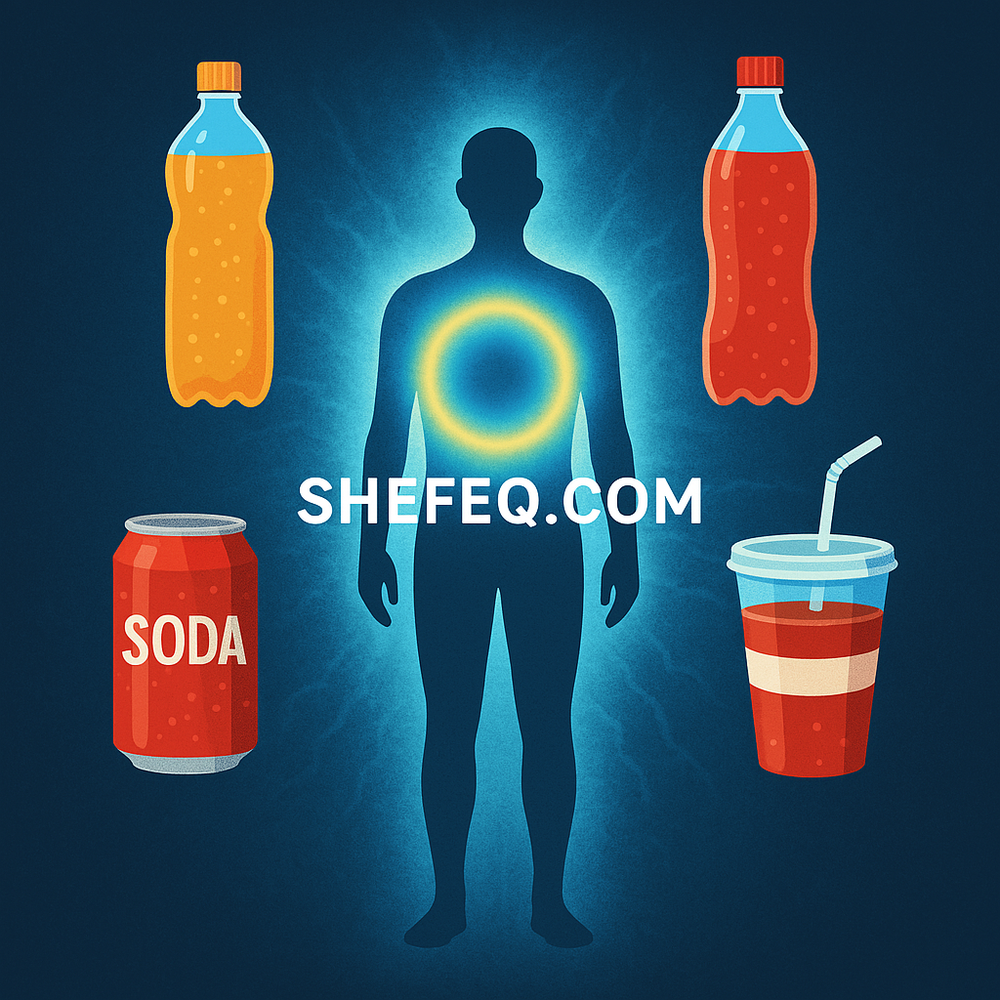S – Social Perspective: The Hidden Tragedy of a Sweet Life
Modern life appears tastier, more comfortable, and more “sweet.” Packaged foods, dessert-filled shelves, sugary drinks, fast-food menus… All lead us toward a so-called “sweet life.” Yet the bitter consequences of this life are growing by the day.
And those consequences are often summed up in one word: diabetes.
In the past, "sugar disease" was seen mainly in the elderly. Today, it spreads into the lives of everyone—from children to youth, from students to office workers. In our time, diabetes is not just high blood sugar — it's a collapse of lifestyle.
People often say things like:
-
“I have a belly, but I’m healthy.”
-
“It feels good to nap after eating.”
-
“A little sugar never hurt anyone.”
But these “little things” cause major harm. Diabetes comes silently, but shakes the quality of life to its core.
A – Academic Perspective: What is Diabetes and How Does It Occur?
Diabetes is a metabolic disease in which the body cannot properly regulate blood sugar (glucose). Either insulin is not sufficiently produced, or the body becomes resistant to it.
1. Types:
-
Type 1 Diabetes
→ An autoimmune disease.
→ The immune system destroys the beta cells of the pancreas.
→ Begins in childhood or adolescence.
→ Insulin treatment is essential. -
Type 2 Diabetes
→ The most common form (about 90%).
→ Characterized by insulin resistance and later insulin deficiency.
→ Main causes: obesity, physical inactivity, stress, and genetic predisposition. -
Gestational Diabetes
→ Develops during pregnancy.
→ Poses risks for both mother and baby.
→ May resolve after birth but increases the risk of Type 2 in the future.
2. Symptoms:
-
Frequent urination
-
Excessive thirst
-
Increased appetite despite weight loss
-
Fatigue, skin itching
-
Slow-healing wounds
-
Numbness or tingling in the feet
3. Complications:
-
Cardiovascular diseases
-
Kidney failure
-
Vision problems, retinopathy
-
Neuropathy (nerve damage)
-
Foot ulcers, risk of amputation
4. Diagnosis:
-
Fasting blood glucose > 126 mg/dL
-
HbA1c > 6.5%
-
OGTT (Oral Glucose Tolerance Test)
-
Risk analysis based on obesity and family history
İ – Public Perspective: Modern Life Is the Main Trigger of Diabetes
Today’s society is used to inactivity, hours in front of screens, and diets high in processed and sugary foods. These habits directly contribute to the rise of diabetes.
1. The Influence of the Food Industry
Sugar is hidden in thousands of products in supermarkets: sauces, yogurt, bread, even “diet” drinks.
A person may unknowingly consume 100–150 grams of sugar daily. Yet the recommended amount is only 25–30 grams.
2. Children and Sugary Foods
Children who grow up drinking sugary beverages often face insulin resistance as adults.
Whereas Type 2 diabetes used to be diagnosed after age 40, it’s now appearing in youth aged 12–16.
3. Stress and Diabetes
Psychological stress raises the cortisol hormone → which increases blood glucose.
Chronic stress promotes insulin resistance.
4. Social Shame and Neglect
Some people avoid checkups saying, “Nothing will happen to me.”
Others hide their condition, thinking “treatment is expensive” or “I’ll just ignore it,” putting themselves at serious risk.
T – Research Perspective: What Does Science Say?
1. WHO (World Health Organization)
-
537 million people worldwide are living with diabetes (2023).
-
This number is expected to exceed 780 million by 2045.
-
One person dies from diabetes-related complications every 6 seconds.
2. Harvard University
-
Diets high in sugar increase the risk of Type 2 diabetes by up to 40%.
-
Sleep disorders and night-shift work negatively affect insulin production.
3. Japan – Insulin Sensitivity Study
-
Just 30 minutes of physical activity a day can reduce Type 2 diabetes risk by up to 50%.
4. Interventional Lifestyle Studies
-
A plant-based diet, stress management, and light physical exercise may partially reverse Type 2 diabetes.
Conclusion: Seek the Taste of Life in Balance, Not Sugar
Sugar is not just a source of energy in the body. When it gets out of control, it becomes a silent yet destructive force.
Diabetes is the body’s way of saying: “Enough is enough.”
What should we do?
Daily physical activity:
– Even a 20-minute walk can help regulate blood sugar levels.
Sugar-free and natural nutrition:
– Fresh fruits, vegetables, whole grains, healthy fats — these are sugar’s natural regulators.
Regular medical checkups:
– People with family history should check their blood sugar at least once a year.
Reducing stress:
– Meditation, prayer, spending time in nature — these balance not just sugar, but the soul.

